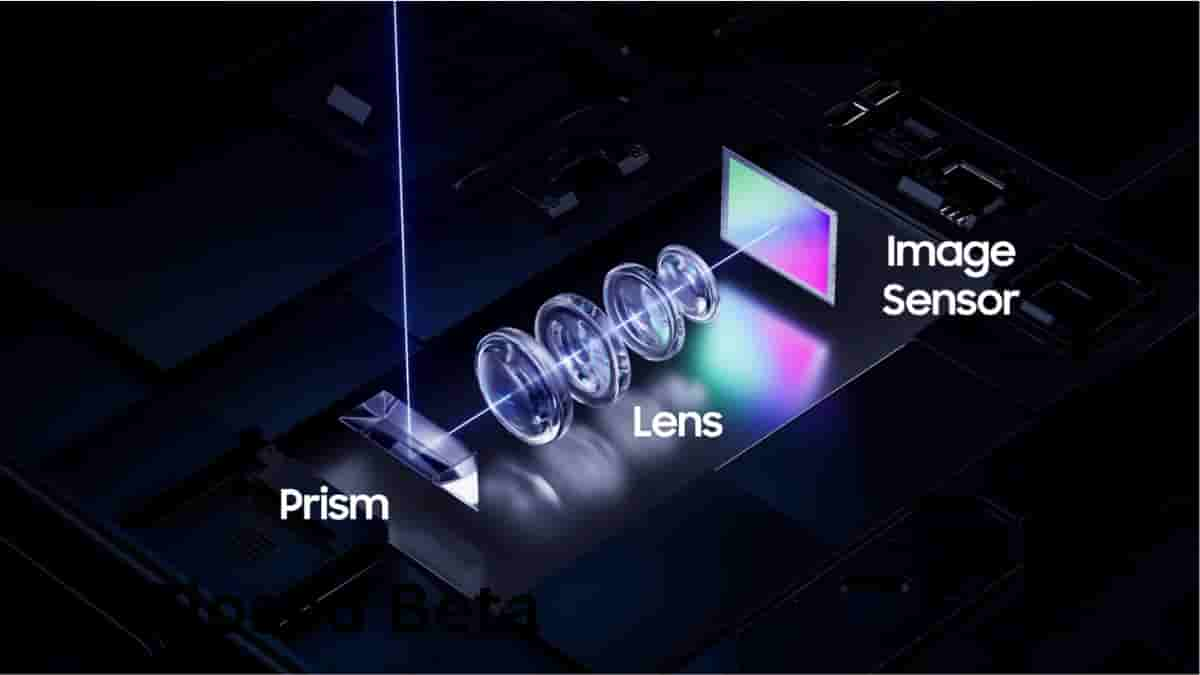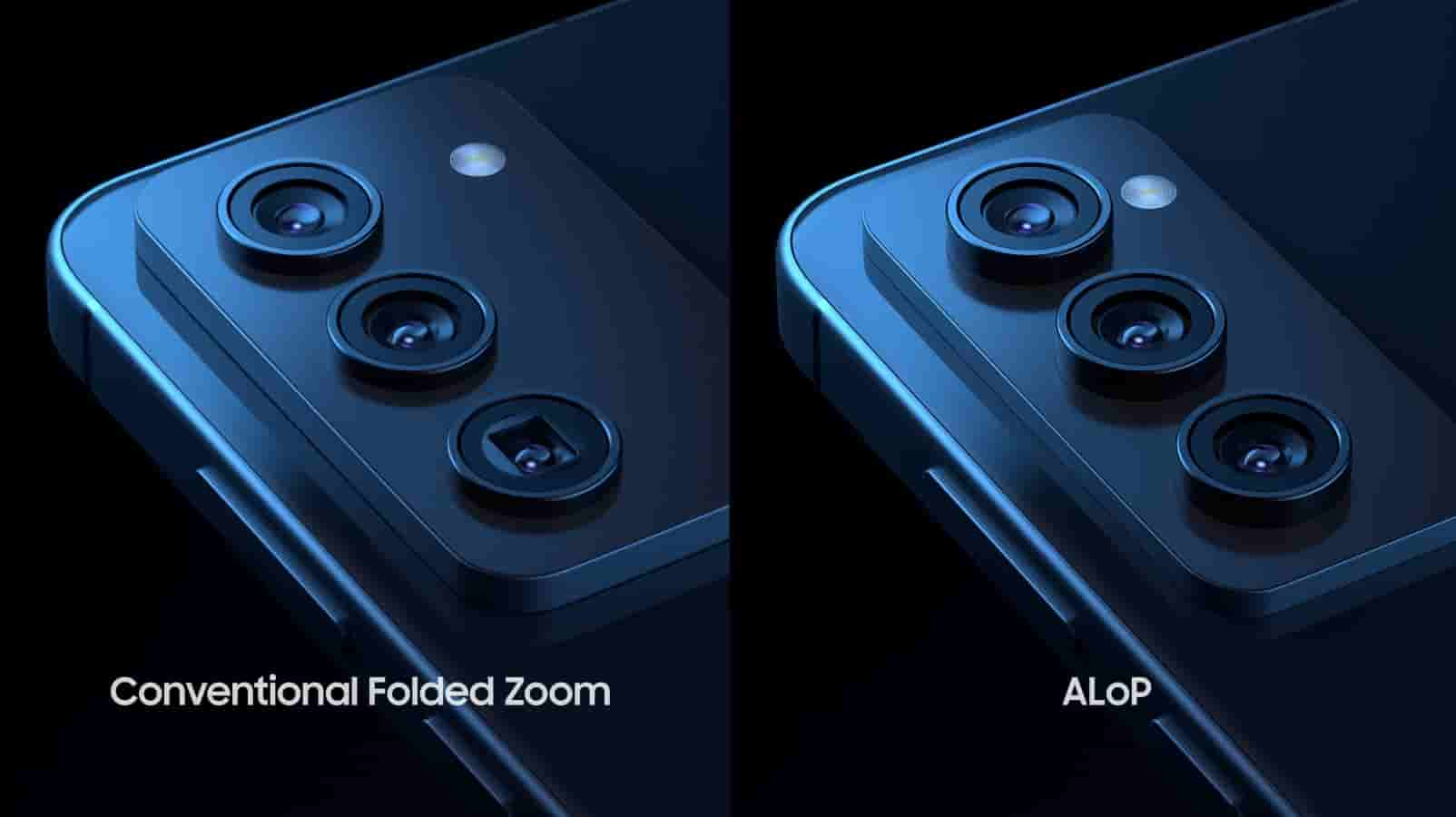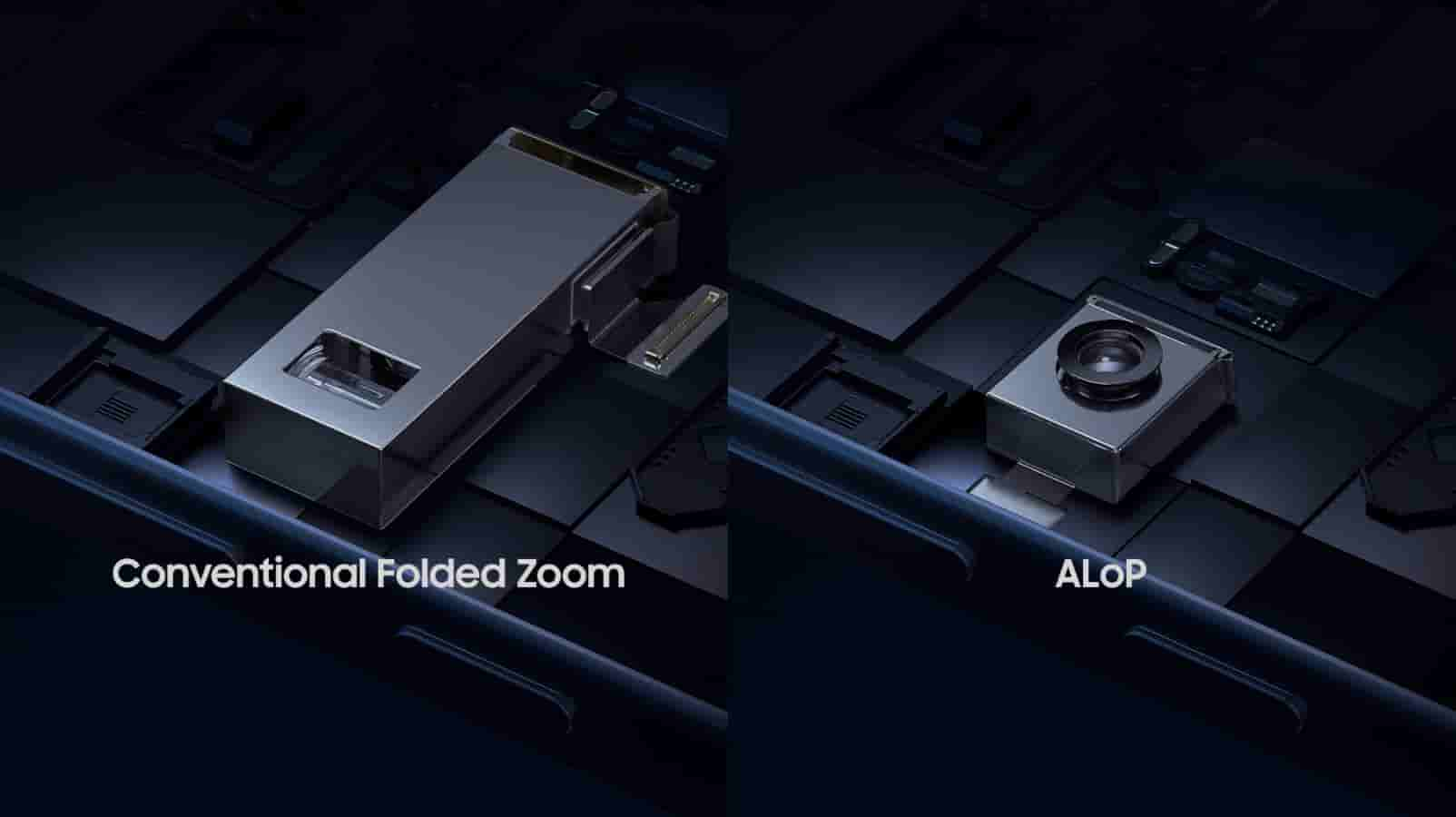Samsung’s Latest ISOCELL ALoP Technology Set to Eliminate Bulky Camera Bumps While Boosting Night Photography

Samsung Semiconductor has unveiled its innovative All Lenses on Prism (ALoP) technology, a breakthrough solution that promises to revolutionize smartphone camera design by addressing the persistent issue of protruding camera bumps while enhancing low-light photography capabilities.
The new technology tackles a longstanding challenge in smartphone design: as manufacturers add more cameras for different zoom ranges (wide, ultra-wide, and telephoto), phones have developed increasingly prominent camera bumps. This is particularly noticeable with telephoto lenses, which require greater focal length for the popular 3x-3.5x zoom range used in portrait photography.
Traditional folded telephoto cameras use a prism with vertically arranged lenses between the prism and image sensor. While this design has been the industry standard, it poses limitations on image brightness improvements since larger lenses for better light capture would result in an even bigger camera bump.

Samsung’s ALoP technology introduces a radical redesign of this system. Instead of vertical lens placement, ALoP positions the lenses horizontally on top of the prism, keeping them parallel to the phone’s body. This clever arrangement allows for larger lens diameters without increasing the camera bump’s height.
The technical achievements of ALoP are impressive:
- Achieves an f/2.58 aperture at 80mm focal length
- Reduces module length by 22% compared to conventional designs
- Utilizes a 40-degree tilted prism reflection surface
- Features a 10-degree tilted sensor assembly

These specifications enable brighter, low-noise portrait shots in night conditions while maintaining a slim profile. The design also addresses aesthetic concerns, replacing the traditional rectangular prism appearance with more visually appealing circular lens shapes.

Samsung’s innovation could mark a significant shift in smartphone design, potentially ending the trade-off between camera capability and device thickness that has long challenged manufacturers. The technology particularly benefits portrait photography, offering improved low-light performance without compromising the phone’s ergonomics or aesthetic appeal.
The development represents a significant step forward in mobile photography, promising future smartphones that are both more capable and more comfortable to use, especially when placed on flat surfaces.


